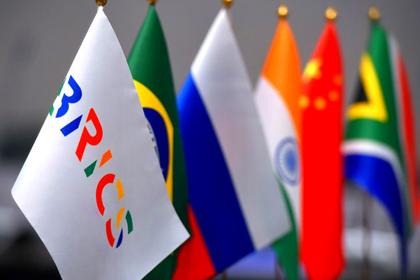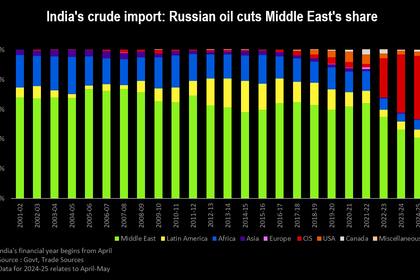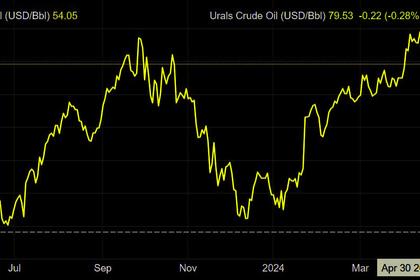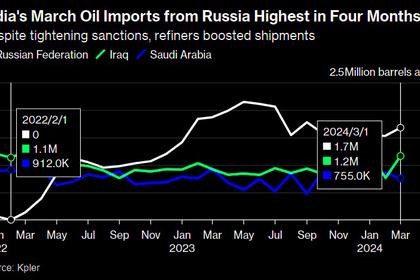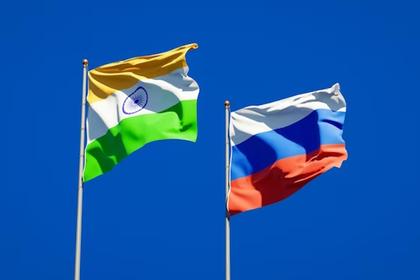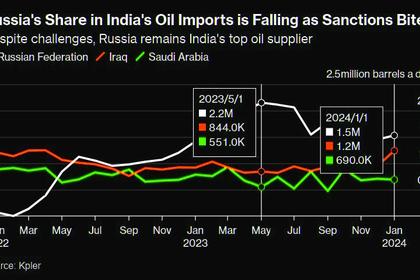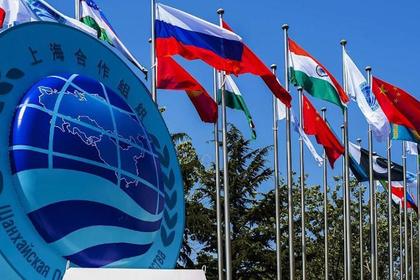
RUSSIA + INDIA: UP TO $100 BLN
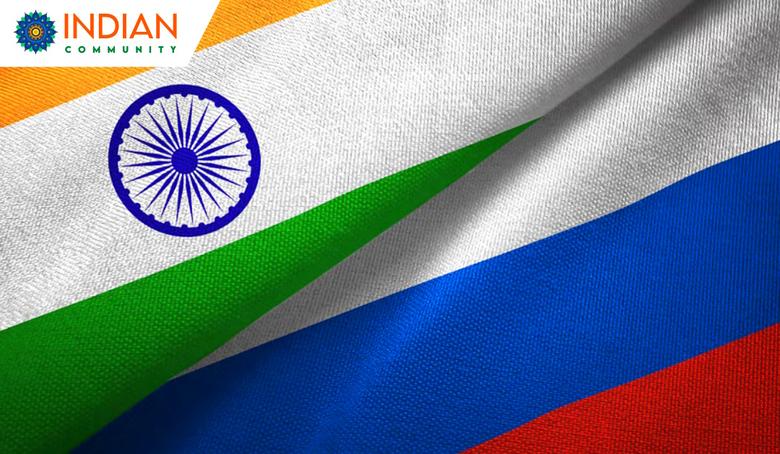
RPA - July 10, 2024 - The Russian President, Vladimir Putin and India Prime Minister Narendra Modi have agreed to boost their bilateral trade to US$100 billion by 2030. Putin has been meeting with Modi for bilateral talks in Moscow, during which they discussed a wide range of issues. The two sides agreed on a plan of strategic cooperation until 2030.
According to Russian customs data, the Russia-India bilateral trade volume hit a record US$23.1 billion in the first four months of the current year, marking a 10% rise versus the same period in 2023. That implies a projected Russia-India 2024 bilateral trade figure of around US$69 billion.
Trade Settlement
Putin and Modi also discussed technical issues concerning trade financial settlements in rubles and rupees, a complex subject we have previously discussed here. Creating an effective infrastructure payment system is one of the most important issues for the two countries.
Bilateral trade between the nations has almost tripled in the past two years, with India ramping up energy, fertilizer, and coal imports from Russia. Russia’s exports are currently worth around US$60 billion, while imports from India are at US$4 billion. That has created a significant trade imbalance and an oversupply of rupees in Russia’s foreign currency account. New Delhi’s Ambassador to Moscow, Vinay Kumar, has said that India is planning to boost exports to Russia, however the main issue will be how India can spread its trade platform with Russia to include other currencies. While no further news on a “BRICS Bridge” style architecture, where transactions are made in a BRICS group basket of currencies has yet emerged, the subject will have been thoroughly discussed. If adopted, the BRICS Bridge concept would see an option for intraBRICS trade to be settled in a combination of currencies from Brazil, Russia, India, China, South Africa, Egypt, Ethiopia, Iran, Saudi Arabia and the UAE. Of these, Chinese Yuan, the Saudi Rial and the UAE Dirhams would be the most valuable alternatives from the Russian perspective. The fact that the two leaders have indicated annual sustainable bilateral trade growth of 5% from now until 2030 suggests that a solution is in the pipeline.
Saudi Arabia’s potential inclusion is this currency basket is an interesting one. It recently refused to renew its previous agreement with the United States to use the US dollar as the main currency in oil trade – the so-called ‘petrodollar’ arrangement, while there are reports that Riyadh was firmly against the expropriation of Russia’s frozen financial assets by the G7 and had indicated that if this occurred, they would sell off Eurobonds. With Saudi Arabia now part of the BRICS group, it suggests that Riyadh’s involvement in a ‘BRICS Bridge’ settlement scheme could become globally influential and provide Riyadh with more influence in global energy pricing.
Other Trade & Investment Areas
Putin and Modi will have also discussed other ways to boost trade and investment cooperation. Shipbuilding is an area that has gone under the radar somewhat, however Modi was previously the Governor of Gujarat State in India’s West, a major shipbuilding region. He has expressed interest in collaborations with Russia over the development of icebreaking oil tankers – deliveries already operate from Russia’s Yamal Peninsula to Indian processing facilities. Modi visited the Vladivostok shipyards in 2021. Developments can also be expected in this sector. Talks were also held about Russia building an additional six nuclear power plants in India. The two countries are also exploring the prospects of collaboration in the field of quantum computing, including the creation of quantum computers, and developing India’s semi-conductor industry to boost its productivity and provide Russia with much-needed supplies – especially as Russia is finding sources hard to come by and its economy is powering ahead – Russia’s PMI Index was 54.9 in June, compared to 43.5 in Germany, indicating huge demand in the Russian economy.
-----
Earlier:
